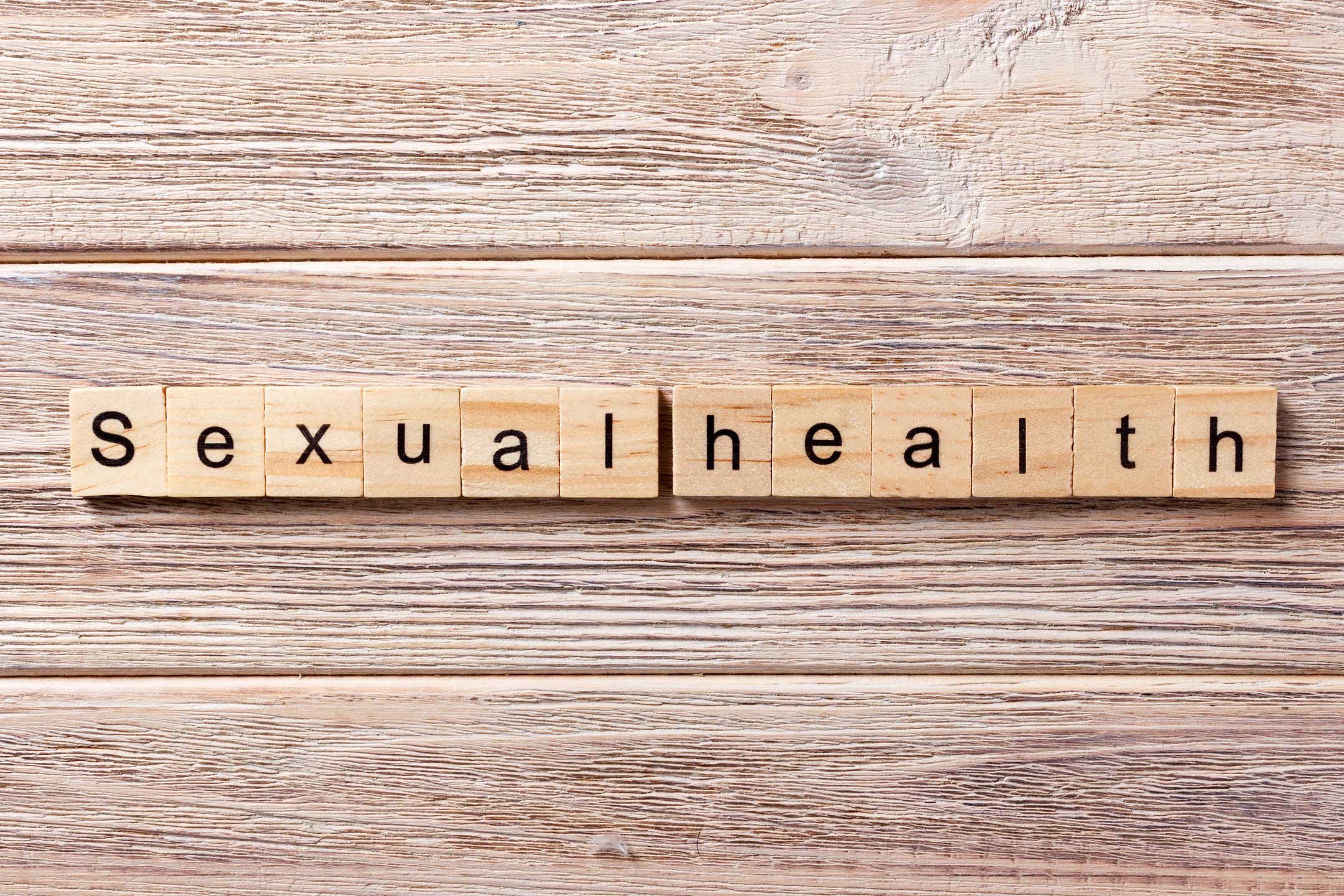
11 Feb Let’s Talk About Sex…
Dr Melissa Kang contemplates how sex education is treated in Australian classrooms, homes, media and peer groups.
Background History
The scientific study of human sexuality in Western societies began just over 100 years ago. Prior to then, societies allowed the church to dictate the purpose, meaning and expression of human sexuality. As medical science progressed in the late 19th century, societies moved towards the view that physicians could comment upon sexuality, since it was expressed via behaviours that affected the body and one’s health. Doctors were also sanctioned to examine, investigate and treat parts of the body that no-one else could look at – the genitals and reproductive organs.
Sexuality is a fundamental part of who we are, whether we are sexually active or not. Because the changes that occur during puberty are so phenomenal and because one of the biological outcomes of puberty is the capacity to reproduce, parents of pubescent children may begin to panic about this ‘new’ dimension in their children’s lives. What we’ve missed all along is that we’re all born sexual beings. Young children often play with their genitals and experience a degree of pleasure or comfort in doing so. Slightly older children may begin quasi-sexual games, such as the classic ‘doctors and nurses’ or ‘mummies and daddies’.
Early adolescents may spend long periods exploring their changing bodies. They may discover sexual feelings, self-gratification and experience intense romantic attractions and crushes – on same or opposite-sex peers and adults. The ways in which we parents respond to early behaviours in our children, discuss and demonstrate our own sexuality, and respond to external triggers (such as media, friends and relatives) will help shape our children’s view of themselves as sexual beings.
The earliest discussions about the need for school-based sex education in Australia occurred during World War I.
There are many influences on a young person’s sexuality. While the physiological changes associated with puberty do seem to provide the major catalyst for the process of sexual identity formation and sexual experimentation, it is impossible to separate this biological process from the processes of parenting, socialisation among peers, and the influences of community and cultural attitudes as portrayed in the media or by organisations with which a child and their family interact, such as religious institutions. Schools are significant social institutions, not simply educational ones. Knowledge taught in classrooms is only part of the whole educational process that also includes what is said and done in the playground, a school’s policies regarding the welfare of students, and the professional development of teaching staff to support curriculum – all are equally important. This is particularly true for a subject such as sex education.
Given the holistic nature of sexuality, it’s worth examining the reasons behind societal pushes for formal sex education. The earliest discussions about the need for school-based sex education in Australia occurred during World War I. Why? Because returned soldiers were bringing home syphilis and gonorrhoea in epidemic numbers and infecting their wives and girlfriends. A series of public lectures and a conference were held in November 1916 at the University of Sydney on ‘The Teaching of Sex Hygiene’. Medical and education experts spoke about the need to talk more openly about sex and its dangers. Education about the transmission of venereal diseases was expected to deter extramarital and premarital sexual activity, which were labelled as morally wrong.
there was an important shift in thinking about the approach to sexuality education
Sex education in schools, however, was not formalised until 1967 when the NSW Department of Education incorporated sex education into the health syllabus in secondary schools. Over the next decade, all States adopted formal policies on sex education in schools. Increasing permissiveness about sexual behaviour over the preceding decade had once again triggered concerns about sexually transmitted infections.
The global HIV pandemic that began in the 1980s changed the face of sex education in Australia and indeed across the world. Rather than relying on formal policies alone, sex education became mandated in most States and Territories. Although preventing the spread of HIV was the goal, there was an important shift in thinking about the approach to sexuality education in the light of the HIV era. By the early 1990s, our society realised that reducing the health message about HIV transmission to a simple matter of ‘don’t have sex’ or ‘always use condoms’ was insufficient. Knowledge alone did not translate into behaviours that protected young people from the risk of acquiring this fatal infection. The contexts in which young people experimented and explored their sexuality had to be taken into account. Suddenly the stakes were too high and more needed to be understood about effective sex education and health promotion in the adolescent age group.
Since 1992, national surveys about the sexual health of students in Australian secondary schools have been conducted. We now have a body of evidence about young people’s sexual lives, including their knowledge, attractions, behaviours and relationships.
• See part two of Dr King’s discussion: Let’s Talk About Sex…Research & curriculum implementation and how each State’s curriculum deals with it.
Australian Study of Health and Relationships
A landmark, multi-centre study, the national household Australian Study of Health and Relationships was conducted during 2001-02, adding to our knowledge about the sexual lives of the Australian population. The Australian Study of Health and Relationships (ASHR) is our most important study of sexual and reproductive health. Conducted once a decade, it provides a snapshot of the sexual health and well-being of the Australian population and provides information essential for the development of policy and the delivery of sexual and reproductive health programs across Australia. The major findings of this important study were published in a book entitled Doing it Down Under: The sexual lives of Australians (Allen and Unwin, 2005).
To summarise some evidence:
- The average age of first sex among male and female secondary students is 16 years.
- Two-thirds of secondary students use condoms when they have sex.
- One-quarter of students were drunk or high when they last had sex, and as a result had unprotected or even unwanted sex.
- The majority of sexually active students have had positive experiences.
- About 5 per cent of boys and 9 per cent of girls are attracted to people of the same sex.
- The rates of chlamydia infection (a sexually transmitted infection that can lead to infertility in women) are rapidly increasing, and young people under 25 are at greater risk.
- Infection with the human papillomavirus (‘wart virus’) is high in all sexually active people and some strains of the virus are known to be the cause of cervical cancer.
- Teenage childbirth rates in Australia have remained low for almost 30 years, although pregnancy and abortion rates are high compared with many other developed countries.
- Most young people who are same-sex attracted have experienced harassment or bullying at school or at home and are at greater risk of harmful drinking, drug-taking, unsafe sexual behaviour (with either sex), depression and suicide.
- Young people’s attitudes to sex are more strongly influenced by their parents than by the wider community.
- After more than a century of research, there has been no ‘cause’ discovered for homosexuality – it is simply an aspect of sexuality.
- Young people’s sexual-health concerns are predominantly about relationships, love and intimacy rather than infections and pregnancy.
- There is overwhelming evidence that comprehensive sexuality
education is more likely to delay intercourse among adolescents than encourage it.
 Latest study update: Sexual Health Volume 11 Number 5 2014 Second Australian Study of Health and Relationships (ASHR2)
Latest study update: Sexual Health Volume 11 Number 5 2014 Second Australian Study of Health and Relationships (ASHR2)




